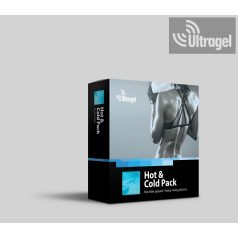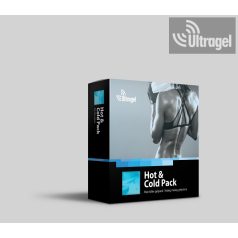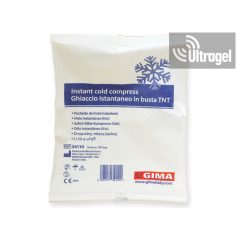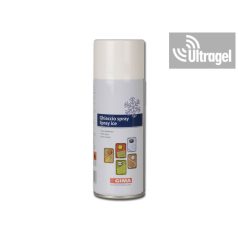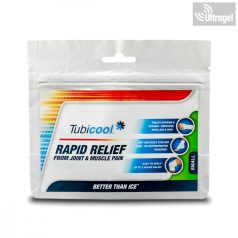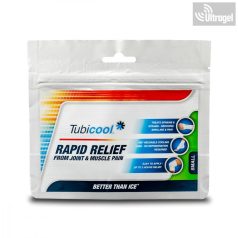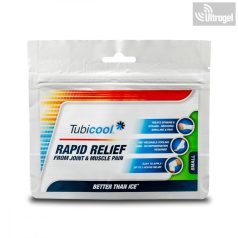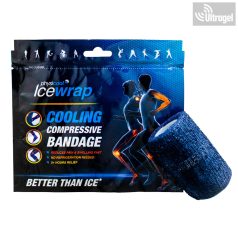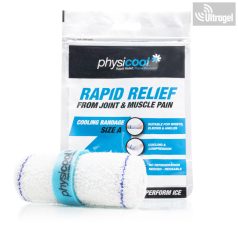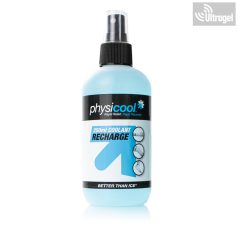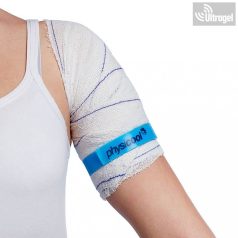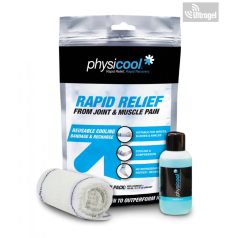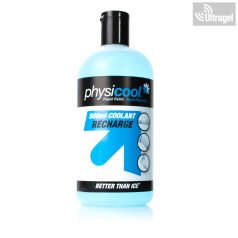Hot situation? Cold relief!
If you made the wrong move....
Sports injuries are at the top of the list of musculoskeletal injuries, and inexperienced, novice athletes and newcomers to the sport who think they are back to form are particularly at risk.
However, injuries are not just caused by playing sport! It can happen anywhere and to anyone. Injuries can happen at home, at work, while hiking or on a trip. You can strain, bruise or dislocate your ankle, knee, wrist or other joint.

A little theory: the strain, the bruise and the sprain
In a strain, the muscles permanently contract and spasm as a result of excessive strain. All it takes is one wrong movement, which is followed by a sudden onset of pain that is more severe than muscle fever; muscle stiffness and inflammation are also experienced.
Bruising is usually caused by some external force (e.g. punching, kicking) and involves some degree of damage to the structure of the muscle fibre bundles. Visible reddening and purple patches develop and the injured person experiences considerable pain and limited mobility.
In the case of dislocation, excessive force causes the joint head to leave the joint groove and the ligaments are damaged. Dislocation is associated with joint stiffness and intense pain. The injured area is swollen and bruised, and in many cases the deformity of the affected area is visible to the naked eye. The first thing to do is to put the dislocated joint ends in place and repair the damaged ligaments, surgically if necessary.
Once the damage is done, we must act professionally!
What can be done to minimise future damage? How can we promote healing or simply what can we do to reduce the pain until we get to the doctor?
What to do can be summarised in 4 tips. For ease of reference, acronyms have been created in both English and German. In German, it is known as the PECH rule, in English as the RICE rule, for what to do in the event of a strain, bruise or sprain
1, Take a break
2, Cool down
3, Secure with an elastic bandage
4, If possible, elevate and restrain the injured body part
What is the benefit of cooling the injured body part?
- Cold slows down the pain messages sent to the brain, so it has a pain-relieving effect.
- Cold constricts blood vessels that have become dilated and permeable due to inflammation. After vasoconstriction, fluid leakage from the blood vessels is reduced and the swelling begins to subside.
- The cold effect helps prevent the formation of bruises.
- If you "just" apply cold to the sore part of the body, you do not have to worry about the side effects of synthetic drugs.

What is the most effective method of cooling?
'Cold therapy' is effective if it quickly and significantly reduces the temperature of the skin. For this purpose, a wet handkerchief or a damp tea towel will not be enough.
It is advisable to use a special gel pad of optimal size that fits easily to the part of the body to be cooled.
ULTRAGEL's own HOT&COLD Cold/Warm gel pads can be cooled in the fridge or freezer and kept "ready to use".
During cold therapy, the skin temperature should drop from an average of 34°C to about 15°C in about 15 minutes, after which the gel pad can be removed. Ideally, the analgesic effect produced can be maintained for up to 2-3 hours.



